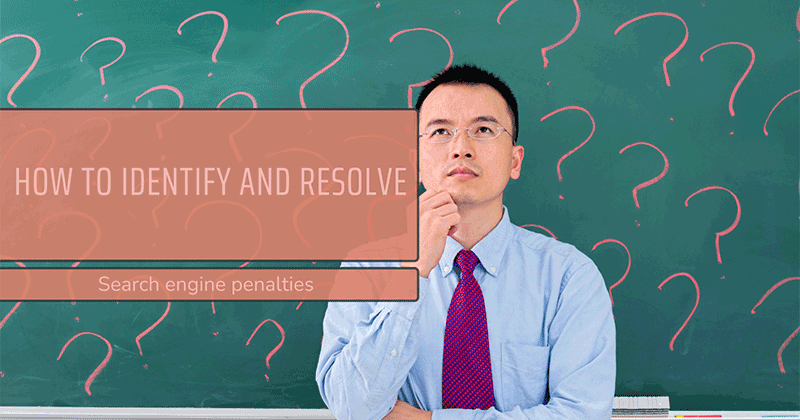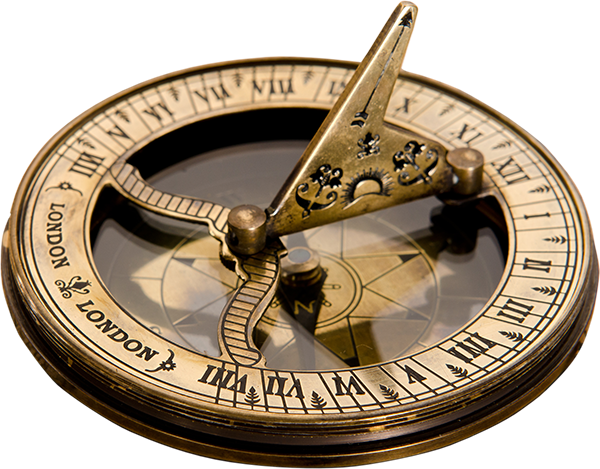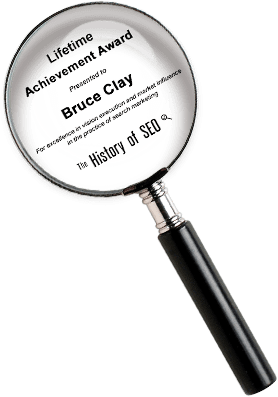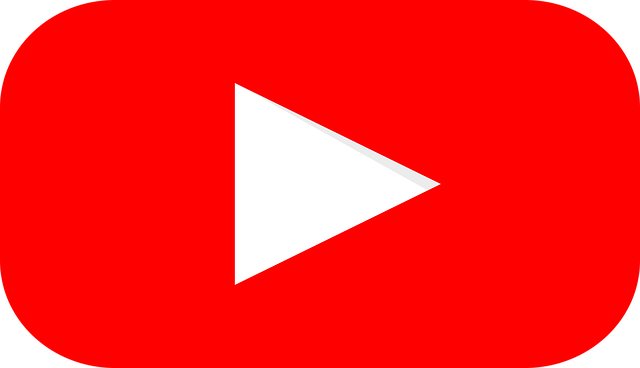How To Identify and Resolve Search Engine Penalties

Has your website suddenly lost rankings or traffic, seemingly out of nowhere? If so, you may have been hit with a search engine penalty. But what is a penalty, and how do you diagnose it? Or better yet, how do you avoid it altogether?
In this article:
- What Is a Search Engine Penalty?
- How to Diagnose a Search Engine Penalty
- What to Do if Your Site Has Been Hit
- Final Thoughts
- FAQ: What’s the most efficient way to identify and fix SEO penalties that are hurting my website?
What Is a Search Engine Penalty?
When talking about “penalties,” we’re referring to two different scenarios. Understanding the difference is the first step to a proper recovery.
For the purpose of this article, we’ll use Google as the primary search engine example.
1. Manual Action Penalties
Manual actions are intentional, site-specific penalties applied by Google when a website violates its guidelines.
Google’s spam policies outline what’s not allowed in its search engine, including things like unoriginal AI-generated content, link spam, site reputation abuse and more.
Manual actions are assessed by Google employees who have reviewed the site and flagged issues. When that happens, Google notifies you.
It seems as though manual actions are becoming less the norm, but can spike when new spam policies are introduced.
The most recent official data we have is from five years ago, when we found out that the number of manual actions declined from around 6 million in 2017 to 2.9 million in 2020.
2. Algorithmic “Penalties”
More often, what feels like a penalty is actually an algorithmic consequence. Your rankings drop, but not because Google targeted you, rather, the rules changed.
Algorithm updates might:
- Introduce new ranking factors.
- Change the importance of existing signals.
- Devalue outdated or low-quality content.
One famous example of this is Google core updates, where the algorithm is adjusted to improve the relevance and quality of search results.
Google explains: “Core updates are designed to ensure that overall, we’re delivering on our mission to present helpful and reliable results for searchers. These changes are broad in nature, and don’t target specific sites or individual web pages. As content on the web changes, we assess and update our systems to keep pace, as a whole.”
Algorithmic changes mean no messages in your inbox, no formal penalty — just lower visibility.
If your pages aren’t aligned with what Google now values, you could lose rankings overnight. And yes, that can feel like a penalty, especially when competitors suddenly pass you.
How to Diagnose a Search Engine Penalty
So your traffic has dropped, and now you’re trying to figure out why. Diagnosing a search engine penalty takes detective work. Here’s how to get to the root cause of the issue.
1. Check Google Search Console for Manual Actions
Start by ruling out the obvious. If Google has taken a manual action against your site, Google will notify you in Search Console’s Manual Actions report and in the Search Console message center.
If you see a message here, you’re dealing with a manual penalty. That’s your starting point for recovery. It’ll tell you what type of violation was detected and often, which pages are affected.
2. Ask the Community for Clarification
If you’ve received a manual action and don’t fully understand it, you’re not alone.
Google actually recommends turning to the Search Central Help Community for clarification. Other site owners and experts (sometimes even Googlers) can offer helpful perspectives on what may have triggered the penalty.
3. Review Recent Google Algorithm Updates
No manual action? Your site might be feeling the effects of a Google algorithm update. Core updates happen multiple times a year and can significantly impact sites across the board.
To stay informed, monitor sources like:
- Google Search Status Dashboard.
- Google SearchLiaison on X.
- Industry publications like Search Engine Land.
If your traffic dip coincides with a confirmed update, chances are your site was affected by shifting ranking factors — not a penalty per se, but it still can be detrimental to traffic.
4. Analyze Traffic and Ranking Patterns
Use tools like Google Analytics and Search Console to pinpoint when traffic dropped and which pages were hit.
Was it sudden or gradual? Did it affect only certain queries or whole sections of a site?
This will help determine whether you’re looking at an algorithmic change, a technical issue or a broader content problem.
What to Do if Your Site Has Been Hit
If you’ve been able to determine whether your loss in traffic is the result of a manual penalty or an algorithmic update, the next step is action. Recovery is possible with the right plan in place.
If You’ve Been Affected by an Algorithmic Update
Algorithmic changes — especially broad core updates — don’t target individual sites. But if your rankings took a hit around the time of an update, that’s a signal that your content or overall site quality may no longer align with what Google values.
1. Get an SEO Audit
When rankings drop, scrambling for quick fixes feels like the right thing to do. But here’s the reality: you can’t fix what you don’t understand.
That’s why an SEO audit is the first and most critical step in recovery.
Where does your site no longer align with Google’s expectations? Are there technical issues? Content gaps? Competitive weaknesses? A proper audit helps you find out.
That said, not all audits are created equal.
SEO audits range from basic to deep-dive technical. Here’s what that means in practice:
- The quick tool audit: Automated tools flag surface-level issues, like missing meta tags or slow pages. This gives you a starting point, but it won’t tell you why rankings dropped.
- The practitioner’s audit: An SEO expert offers insights, spotting content quality issues, backlink weaknesses or overlooked opportunities. It’s better, but there is one level up from this.
- The expert technical audit: This is a hands-on, highly technical review that dissects everything — site structure, crawlability, content authority, competitive positioning and algorithmic shifts. It’s driven by deep expertise and delivers action-based strategies.
Which one does your site need? A deep, technical audit will uncover what actually changed, and what you need to do next.
You can learn more by reading: SEO Audits and Tools: The Good, The Better, and The Best
2. Be Proactive to Protect Against Future Updates
While core updates can target a range of website issues, Google has pushed the idea that tackling content quality may be the most important step to future-proof against these updates.
Want to do better with a broad change? Have great content. Yeah, the same boring answer. But if you want a better idea of what we consider great content, read our raters guidelines. That’s like almost 200 pages of things to consider: https://t.co/pO3AHxFVrV
— Danny Sullivan (@dannysullivan) August 1, 2018
It’s not that quality content will magically make you immune to updates, but it will give you a better chance.
Some of the guidelines you’ll want to use as you create content are:
- Google’s Search Quality Rater Guidelines (pay special attention to its guidance on E-E-A-T)
- Google’s policies on AI-generated content and our recommendations on how to use AI content in SEO, which you can read at the end of this section.
Content still remains one of the most important ranking factors, so investing wisely here will help you stay ahead.
For more ways to be proactive with your site and its content, see:
- 5 Ways to Future-Proof Your Website Against Google Core Updates
- Google’s Explosive March Updates: What I Think (to interpret Google’s stance on AI)
- Crafting High-Quality SEO Content: A Comprehensive Guide
- 3 ways to add a human touch to AI-generated content (my article on Search Engine Land)
- How to survive the search results when you’re using AI tools for content (my article on Search Engine Land)
If You’ve Received a Manual Action
Manual actions are more direct: a real person at Google has flagged your site for violating its policies.
While it may feel like a worst-case scenario, it’s actually an opportunity, because you know better what needs to be fixed.
When you have a manual action, some (or all) of your site will not show up in Google search results. So you need to act fast.
Here’s how to get started:
- Review the manual action notice in Google Search Console to get a better understanding of the violation.
- Clean up your site thoroughly to address the root cause.
- Keep documentation of everything you’ve fixed to show your effort to make things right.
- Submit a reconsideration request through Search Console and explain all the steps you took.
- Be prepared to revise as needed.Denials can happen, and the feedback you get can guide your next attempt.
For more on this topic, check out my article on How to Submit a Reconsideration Request to Google.
Final Thoughts
At the end of the day, whether it’s a manual or algorithmic penalty, the root cause usually ties back to quality.
Website publishers who prioritize users first are better prepared for surviving (and thriving) through future Google updates.
Google’s Search Essentials offers a good starting point. These guidelines outline the basics of what’s needed to compete in search (technical requirements, key best practices) and what’s not allowed (manipulative practices as outlined in its spam policies).
And be sure to explore my advice in the links provided in this guide to help you understand best practices for quality.
Need help resolving search engine penalties? Our SEO experts can audit your website and guide your recovery.
26,000+ professionals, marketers and SEOs read the Bruce Clay Blog
Subscribe now for free to get:
- Expert SEO insights from the “Father of SEO.”
- Proven SEO strategies to optimize website performance.
- SEO advice to earn more website traffic, higher search ranking and increased revenue.
FAQ: What’s the most efficient way to identify and fix SEO penalties that are hurting my website?
Fixing an SEO penalty starts with an understanding of the penalty incurred, and then addressing the basic problems that got your site into trouble.
Two Kinds of Penalties
There are two basic kinds of penalties: manual actions (Google flags you directly) and algorithmic penalties (you’ve triggered some search updates). The remedy in each case depends on knowing which kind you’ve incurred.
When a manual action is involved, Google Search Console will display a message pinpointing the problem.
If no such message exists, your next course of action is to look at things like traffic fluctuations for signs of a recent Google algorithm update. Drops that correspond to update rollouts may indicate an algorithmic hit.
Conduct a Site Audit
Once you have pinpointed what type of penalty the site has incurred, the next step is a site audit, which is a thorough analysis of content quality, backlink relevance, technical integrity and overall SEO user experience factors.
The goal is to identify exactly what’s not working and repair it, so you can re-establish trust with users and search engines. This is where you try to prove that your site “deserves to rank.”
Step-by-Step Procedure
- Look at Google Search Console for any manual actions or warnings.
- Analyze traffic trends with Google Analytics by looking for any sharp declines in organic traffic.
- Get a technical site audit.
- Use SEO tools to check your backlinks.
- Assess your content and enhance low-quality pages or eliminate them entirely as needed.
- Ensure your site complies with the SEO best practices outlined in Google’s documentation, including its spam policies.
- Evaluate the layout of the site and internal linking to ensure it’s serving users.
- Enhance the meta tags as needed for original and engaging titles and descriptions.
- Improve the user experience by making the page easy to interact with.
- Enhance the site’s mobile friendliness by making sure the design is responsive, pages load quickly and content is formatted for mobile users.
- Interact with users more effectively by using better calls-to-action, more interactive elements, and more feedback opportunities.
- Revise your keyword strategy with fresh, pertinent, and intent-aligned terms.
- Record every alteration you have made during the recovery process.
- Only after completely fixing a manual action should you submit a reconsideration request.
- Keep an eye on rankings and engagement after the fix to ensure recovery progress is happening.
- Keep up with changes to the Google algorithm and with insights from the SEO community.
- Create a sustained and strategic approach centered around quality content, credibility and continuous optimization, in both the near and long term.
Why We Care About Resolving SEO Penalties
Penalties impact your visibility of your site. Fixing SEO penalties is a two-part process: First, recover your lost trust, traffic and rankings. Then, build a stronger, more user-friendly and more trustworthy site that aligns better with the evolving expectations of your audience and Google’s search engine.
26,000+ professionals, marketers and SEOs read the Bruce Clay Blog
Subscribe now for free to get:
- Expert SEO insights from the "Father of SEO."
- Proven SEO strategies to optimize website performance.
- SEO advice to earn more website traffic, higher search ranking and increased revenue.

7 Replies to “How To Identify and Resolve Search Engine Penalties”
Identify SEO penalties via traffic drops; fix issues with quality content and clean backlinks.
Great read! This blog does an excellent job explaining how to detect and fix search engine penalties. I like how it distinguishes between manual and algorithmic penalties — that’s a key insight many overlook. The step-by-step recovery approach is practical and easy to follow. It might be even better if it included a short checklist or tool recommendations for penalty detection (like Google Search Console or SEMrush). Overall, a valuable guide for anyone serious about maintaining strong SEO health.
Great read! This blog does an excellent job explaining how to detect and fix search engine penalties. I like how it distinguishes between manual and algorithmic penalties — that’s a key insight many overlook. The step-by-step recovery approach is practical and easy to follow. It might be even better if it included a short checklist or tool recommendations for penalty detection (like Google Search Console or SEMrush). Overall, a valuable guide for anyone serious about maintaining strong SEO health.
This guide on identifying and resolving search engine penalties is super helpful! I’m curious, how often should website owners perform SEO audits to stay ahead of algorithm updates? Also, the distinction between manual and algorithmic penalties is clearer now—do you think AI-generated content will face more scrutiny in the near future? Thanks for breaking down such a complex topic so clearly!
Hi Soccer Picks,
Thanks for your comment! To answer your first question: it’s good practice to do a comprehensive SEO audit at least once a quarter. However, if you’re in a highly competitive industry or you’ve made significant site changes, more frequent checkups, even monthly, can help you stay ahead of issues before they escalate.
Regarding AI-generated content, search engines are becoming increasingly sophisticated at detecting low-quality, mass-produced content, including AI-generated text that lacks originality or value. The key isn’t whether content is written by a human or AI — it’s whether it serves the user well. If you’re using AI to assist content creation, make sure you are having your writing/content team edit, fact-check, align with E-E-A-T and ensure the content is written in your brand style and voice. Google’s helpful content system is designed to reward content that demonstrates those qualities, regardless of who or what wrote it.
Hope this helps!
Great breakdown on identifying search engine penalties! It’s easy to overlook sudden traffic drops, but your tips make it clear how to spot the signs and take action. Thanks for sharing!
LEAVE A REPLY










